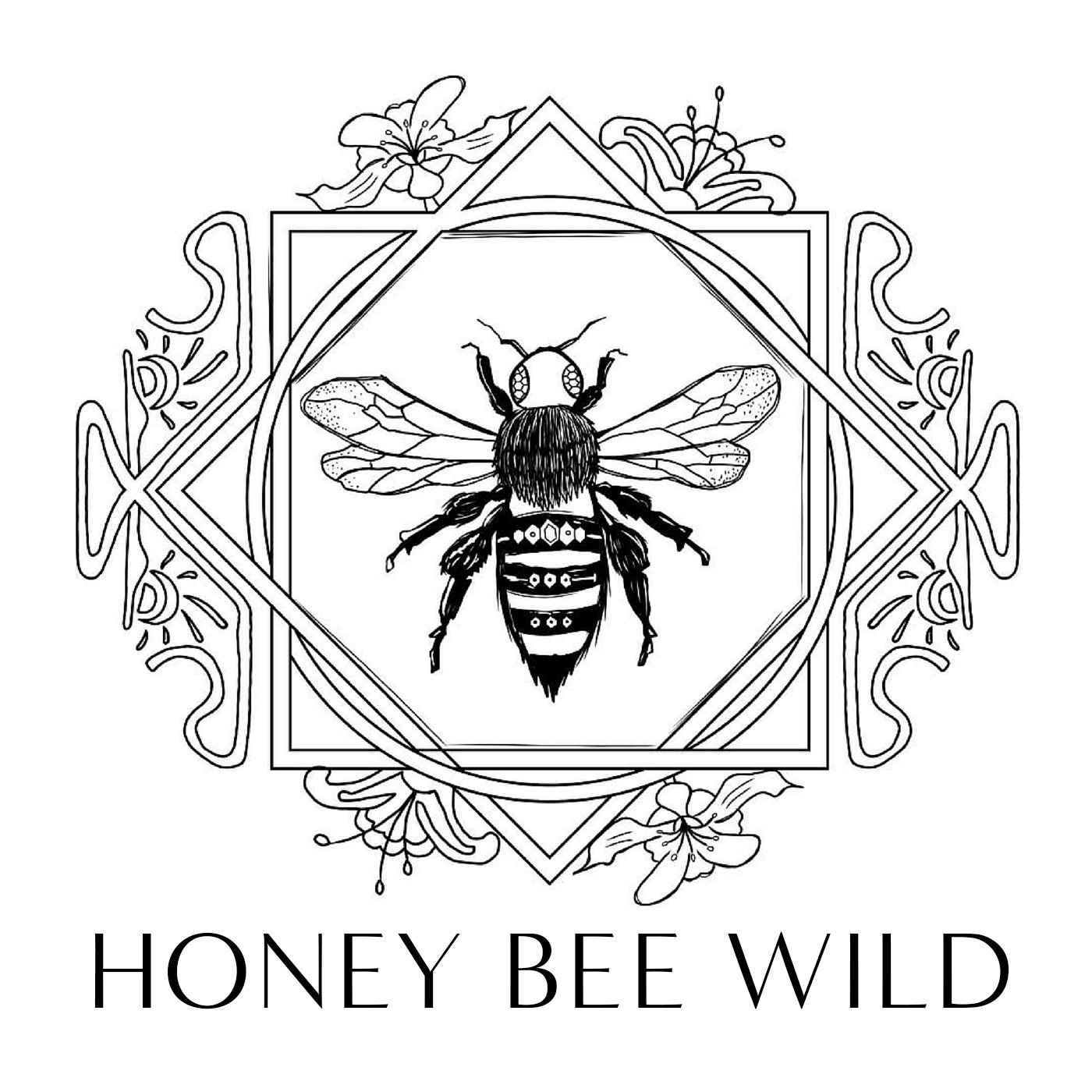10th Day of Yuletide: Elves
The mid-winter festivals aren’t just for honouring ancestors and celebrating the light. They are also a time for the fey folk. In pre-Christian Europe, the feast days occurred during key points in the seasonal calendar. The equinoxes and solstices were always considered powerful days of magic. It is on such days that reality is less distinct: ordinary and non-ordinary reality, or what the Celts call “the veil between the worlds” is mutable. The veil becomes thin and fairy folk are often seen.
In Scandinavian cultures, one of these fairy creatures is the tomten. The tomten is a short, gnomelike old man, often dressed in red with a white beard and a pointed cap. You’ve probably seen felted versions of tomten on Christmas trees. The tomten are general benevolent Swedish gnomes, who share relations with the Danish Nissemen and Finnish Tonttu. It is the gnomes who bring gifts at Yuletide. Tomte means “homestead man”. These fey folk are the spirit of the home and offer both protection and company during the long months of winter. They are usually friendly, guarding the home or farm against evil, but they are also known to respond to bad behavior with their own mischief. Does it sound like any red-dressed elf you know? These elven creatures had a great deal to lend to our modern day commercialised version of Santa Claus. This is also where the story of Santa’s elf helpers comes from.
The myths and legends behind these gnome helpers are often associated with the very practical job of running a farm and keeping things clean and orderly. One of the surest ways to upset a tomten and bring down his mischief is to be messy, untidy or rude. On Christmas Eve, the tomten is left butter for his porridge, just like the bees are left a candied cake.
The Germanic, Slavic, Norse and Celtic myths are full of otherworldly creatures who visit during “thin” times like winter solstice. It is a time for great blessing and honouring of the land and its otherworldly inhabitants, so that life may return to thrive in the green of summer once more
Art: Nasjonabiblioteket Norway 1885

